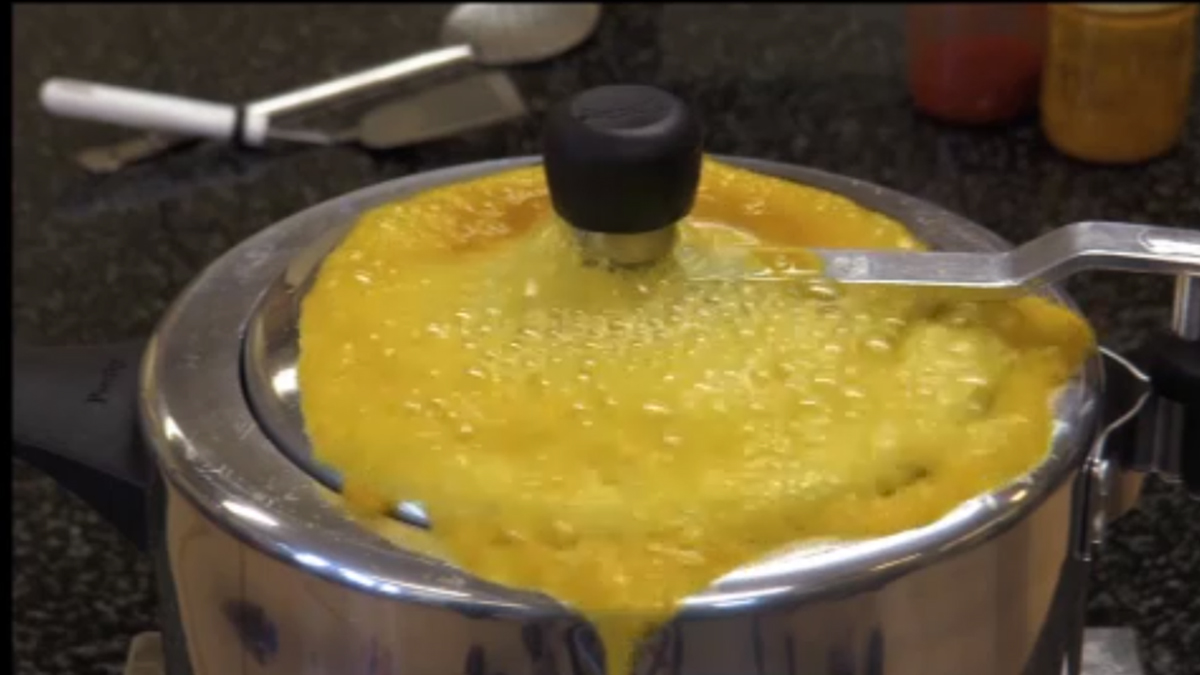Tips to Save with Pressure Cookers
Pressure-cook Dal the No-Mess, No-Fuss Way ! And Save Water too…
Millions of housewives know that pressure cooking is much faster than open pot cooking, and many Indian homes cook their dal and chawal in their pressure cookers. This faster cooking translates into about 52% saving of LPG gas when compared to cooking in an open pot (for more details, see here).
A problem many housewives face when pressure-cooking dal is that sometimes the dal froths excessively and shoots out of the Vent Weight (‘Whistle’). This phenomenon, called frothing or ‘dal sprouting’, can make a mess of the cooker and the kitchen!

Some dals (such as Moong dal and Tuvar dal) have a natural tendency to froth and spout more vigorously than others. What is not so well-known is just how much water is wasted each day across the Nation because of this common problem, as many housewives may tend to compensate for the water that will be lost to frothing during cooking by adding more water than is required at the start.
The Hawkins Test Kitchen has through trials developed 7 simple steps to minimise dal sprouting (given below), saving the housewife time, trouble and precious water too.
Pressure Cooking dal saves Water too!
As pressure cooking cooks much faster and uses a sealed pot that traps and cooks in steam, more water tends to be saved than when cooking dal in an open pot. The following table shows how much water is required for cooking some popular dals in a Pressure Cooker vs an Open Pot.